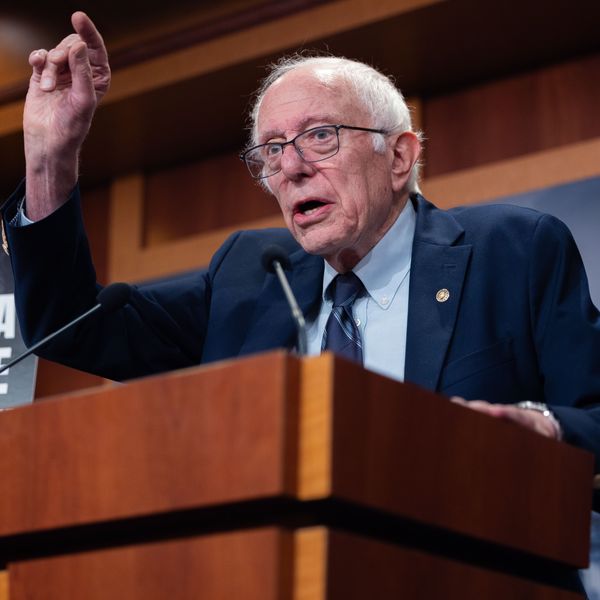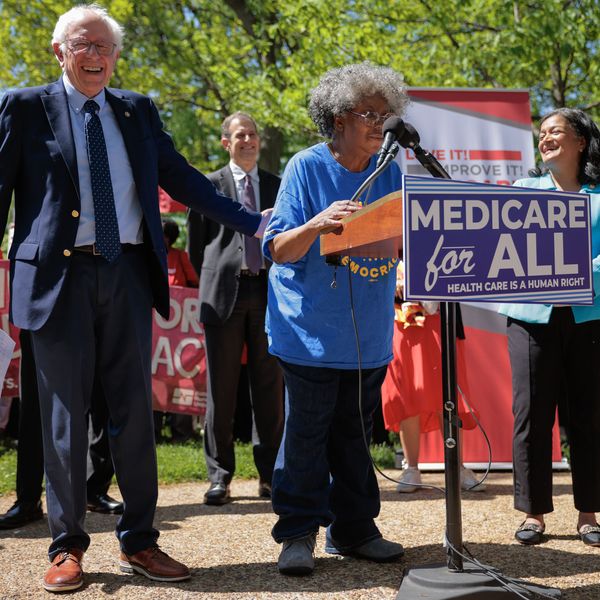Barack Obama wants to spend several hundred billion dollars
in each of the next two years building infrastructure, retrofitting
public and private buildings to increase energy efficiency and aiding
state and local governments in dealing with budget shortfalls. He
thinks that this spending will boost the economy and reverse its steep decline. Obama is exactly on the mark with his plan.
The job numbers released last week removed any possible doubt that the economy is facing an extremely sharp recession. The US labour department reported that the economy lost 533,000 jobs in November.
Upward revisions for the prior two months raised reported job loss over
the last three-months to 1,256,000 jobs, the second highest in the
post-war period.
Even this figure likely understates the extent of job loss,
since the labour department imputes jobs for new firms into its data.
Its formula for this imputation actually shows new firms generating
more jobs in September to November of 2008 than in the same three
months of last year. This imputation will be corrected next fall, and
the adjustment could easily raise the pace of job loss by more than
50,000 a month.
The November data was striking because the job
loss was so widespread across sectors. Construction and manufacturing
continued to be hardest hit, but retail, finance and transportation
also had large job losses. The only sector that continues to create
jobs at a healthy pace is healthcare.
In addition to the lost
jobs, the average workweek continued to shrink. The index of hours
worked has shrunk at an 8% annual rate over the last three months. This
would imply the equivalent of 11.2 million jobs lost over the course of
a year.
This rate of job loss will push the unemployment rate
over 7% by the beginning of 2009 and above 8% by the middle of the
year. Without effective stimulus, the unemployment rate would likely
cross 9% before the end of 2009 and could exceed 10% in 2010.
Fortunately,
effective stimulus is item number one on Obama's agenda. His proposal
would spend several hundred billion dollars on ready-to-go
infrastructure projects such road and bridge maintenance and school
repair. He would also devote funds to extending broadband reach and
paying for energy-conserving retrofits of public and private buildings.
The latter plan involves a huge expansion of already existing
programmes.
These proposals will quickly get people back to work
and inject more money into the economy. They will also provide lasting
benefits in the form of better transportation, safer schools and
reduced energy use.
The key question is whether the proposed
package will be large enough. The economy is in a virtual free fall, as
consumers are sharply curtailing spending in response to the loss of
$6tn in housing wealth and more than $8tn in stock wealth.
In
addition to the plunge in consumer spending, the bubble in
non-residential construction has burst, which means that all segments
of the construction industry are now contracting. State and local
governments are also making cutbacks, and trade is likely to be a drag
on growth as the surge in the dollar makes our exports less competitive
and worldwide recession reduces demand.
For these reasons, we
will need to spend considerably more money to boost the economy than
what Obama outlined in his package. Additional spending should include
aid to state and local governments to offset revenue shortfalls,
increased spending on unemployment insurance, food stamps, heating oil
assistance and other programmes to help laid off workers through the
slump, and healthcare.
It appears as though Obama will try to get
a healthcare reform bill through Congress in the first year of his
presidency. While a healthcare package will almost certainly save money
over the long run by wringing waste out of the system, it will cost
money in its first years as coverage is extended to cover the uninsured
and new systems of payments and cost control are established. Given the
economy's current weakness, these upfront expenses can be another
source of stimulus to the economy.
We could also take advantage
of the downturn to promote efforts to make workplaces more family
friendly with paid family leave and sick days. While these measures can
largely pay for themselves in the long run, adjusting business
practices can be a cost that smaller businesses are ill-equipped to
bear in the short run.
The federal government can promote
family friendly workplaces by extending temporary tax credits, either
directly or through state governments, to help smaller businesses meet
stronger standards. The 40-hour workweek ended up being one of the
dividends from the Great Depression. Rules that guarantee workers some
amount of paid family leave and paid sick leave should be a dividend
from the current downturn.
It would be difficult to spend too
much on stimulus given the steepness of the current downturn. We should
try to ensure that the money is well spent and that it will produce
lasting benefits for people and the economy. This appears to be exactly
Obama's agenda.


